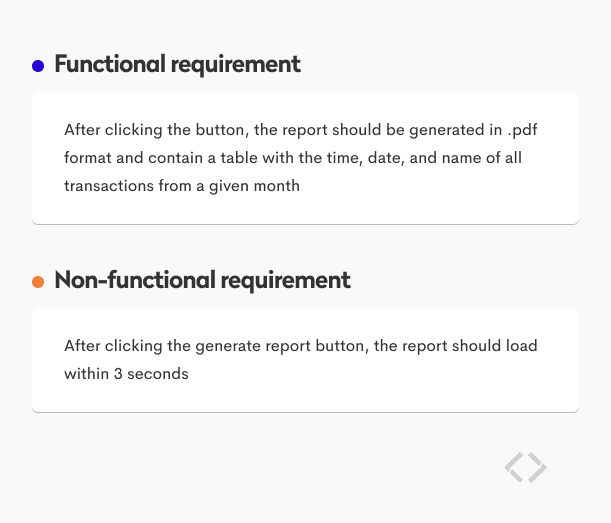Data Modeling: Requirements Gathering
Introduction
Database requirements gathering is a crucial phase in the development and data modeling life cycle, laying the foundation for a successful database system that meets the needs of users and stakeholders.
In this article, we will explore the importance of requirements gathering, the key steps involved, and best practices to ensure a thorough and effective process.
Requirements gathering
is the process of identifying your project’s exact requirements from start to finish.
- It can be applied to various projects in regards to project management. For the context of this article and our purpose of designing a database, it is identifying key elements that go into structuring a database application
- Think of it as cooking a recipe. The process starts with you and your steak-holders (pun intended) discussing on what should be made for dinner. You would need to identify the ingredients, the quantity, and the supplies needed before you begin cooking.
- The process can continue by with jotting down a grocery list, then going out to buy the ingredients. Once all the details are gathered, and everyone involved gives their input into what they are expecting from their meal, the cooking can begin.
- The development process is when you begin to cook and the final product is the dish you create that meets the requirements of the steak-holders as previously planned.
- This process helps meet expectations, create a budget and reduce project costs etc.
- Understanding User Needs:
- Requirements gathering allows developers, analysts, and stakeholders to understand the needs and expectations of end-users. This understanding is critical for designing a database that aligns with user workflows and business processes.
- Scope Definition:
- Clear requirements help define the scope of the database project. It sets boundaries, outlining what functionalities and features are within the project's scope and what falls outside of it.
- Risk Mitigation:
- Identifying and addressing requirements early in the development process helps mitigate the risks of misunderstandings, misalignments, and changes during later stages, ultimately saving time and resources.
- Stakeholder Alignment:
- Requirements gathering facilitates communication and collaboration among stakeholders, ensuring that everyone involved has a shared understanding of the database objectives and functionalities.
Steps in Database Requirements Gathering
1. Identify Stakeholders:
- Who are the primary users and beneficiaries of the database?
- Are there different user roles with distinct requirements?
2. Conduct Interviews and Workshops:
- Interview key stakeholders to gather insights into their needs and expectations.
- Hold workshops to encourage collaboration and generate ideas.
- Gather information through questionnaires and surveys
3. Define Objectives and Scope:
- Clearly articulate the goals and objectives of the database project.
- Define the boundaries of the project scope to manage expectations.
4. Document Functional Requirements:
- Specify the features and functionalities the database must have.
- Consider input, processing, output, and user interaction requirements.
5. Capture Non-functional Requirements:
- Document performance, security, scalability, and other non-functional requirements.
- Consider factors like response time, data privacy, and system reliability.

More on functional and non-functional requirements over here:
https://blurify.com/blog/functional-requirements-in-software-engineering-how-to-improve-project-performance/
6. Identify Data Requirements:
- Determine the types of data to be stored in the database.
- Define data structures, relationships, and constraints.
7. Review and Validate:
- Hold review sessions to validate requirements with stakeholders.
- Address any inconsistencies or conflicting requirements.
This is a general overview of the process, in real-world scenarios the process may be more specific and granular. It essentially leads to the next steps of the process in creating your ER diagrams and structuring the conceptual model of your system.